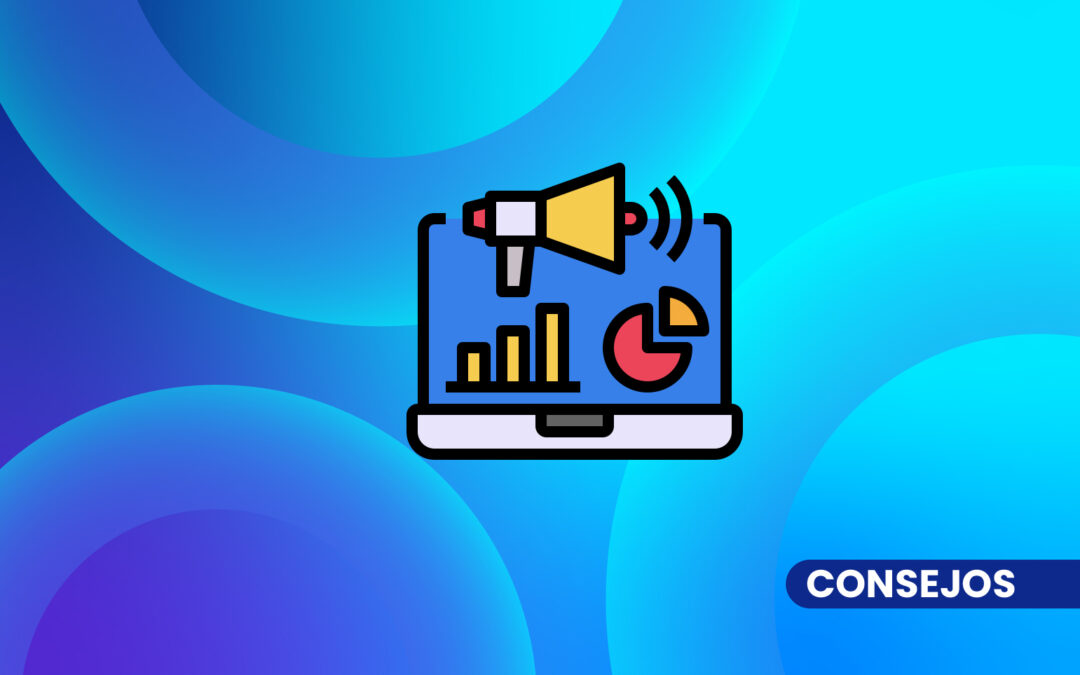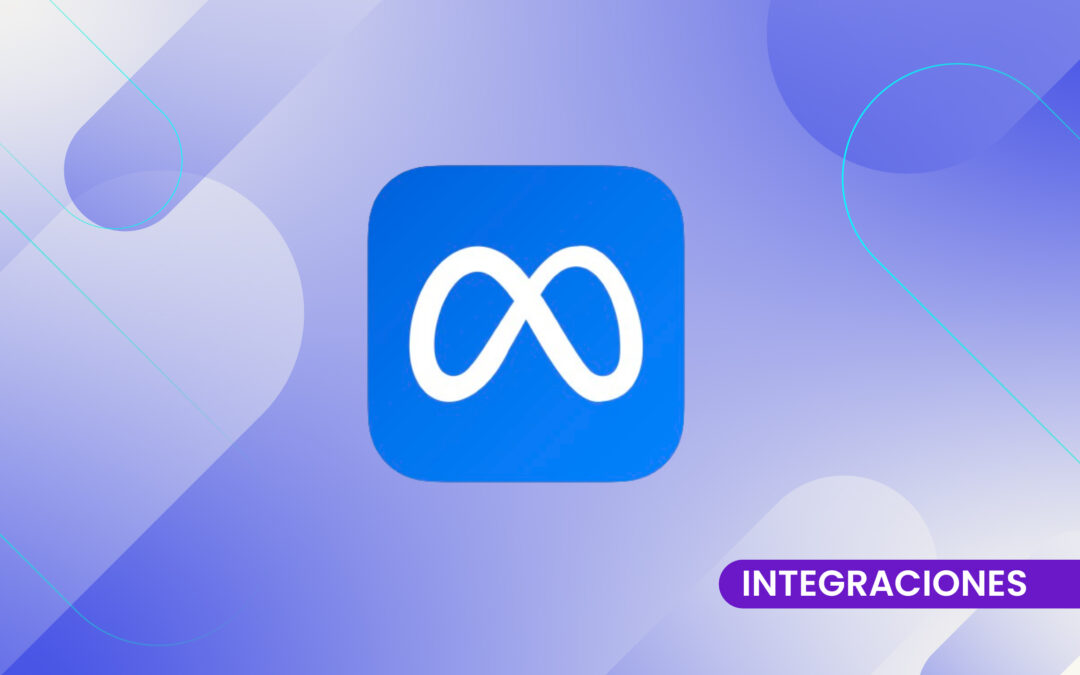For those working in digital marketing, presenting a well-structured Instagram report is key to demonstrating the impact of strategies and optimizing future campaigns. It's not just about showing numbers, but about interpreting data, drawing conclusions and providing actionable recommendations.
If you need to create reports for clients, managers or your own team, in this guide we explain how to make an effective Instagram report that reflects the performance of your strategy and helps improve results.
Why is an Instagram report important?
An Instagram report allows you to evaluate the performance of your posts, stories, ads and account growth. In addition to justifying investments in content and advertising, it also helps to identify trends, spot opportunities and optimize strategies based on concrete data.
For a report to be effective, it must answer key questions such as:
- What type of content is generating the most engagement?
- Is the audience growing steadily?
- Are paid campaigns generating a good return?
- How do the results compare with previous months?
Steps to create an effective instagram report.
1. defines the purpose of the report
Before you begin, establish what you want to analyze and who the report will be for. Some options include:
- Organic growth report: focused on followers, engagement and reach.
- Ad campaign report: detailing the performance of Meta Ads on Instagram.
- Content impact report: to evaluate which publications and stories performed best.
Being clear about the purpose of the report will avoid including irrelevant data and allow you to focus on what really matters.
2. select key metrics
An Instagram report should contain metrics aligned with marketing objectives. Here are the most important ones.
Organic yield
- New followers: number of followers gained or lost in the period analyzed.
- Reach: number of unique users who saw your posts or stories.
- Impressions: total number of times your content was viewed (including repeats).
- Engagement: sum of likes, comments, saves and shares.
- Interaction rate: percentage of engagement over total reach.
Content
- Posts with more engagement: posts with more interactions in the period.
- Click-through rate (CTR) on links: percentage of users who clicked on links in the biography or stories.
- Playing time in videos: total minutes watched in feed videos or Reels.
- Interaction with stories: number of responses, touches on links or times they were shared.
Paid campaigns (meta ads on instagram)
If the report includes advertising campaigns on Instagram Ads, these are the essential KPIs:
- Impressions and reach: ad visibility.
- Ad clicks: number of users who interacted with the ad.
- Cost per click (CPC): how much you paid for each interaction.
- Conversion rate: percentage of users who completed a desired action (registration, purchase, download).
- Return on advertising investment (ROAS): how much revenue was generated by the investment in ads.
3. organizes the data in graphs and charts
A visually appealing report is easier to interpret. Use bar charts, line graphs and tables to represent trends, comparisons and variations over time.
Tools such as Looker Studio, Excel, Power BI or Canva can help you structure your report in a clear and professional way.
4. analyzes data and includes actionable insights
It is not enough to show numbers, it is essential to interpret the data. In each section of the report, add an analysis with answers to questions such as:
- Why did one publication have more engagement than another?
- Is the growth of followers stable or was there a sudden drop?
- Are paid campaigns getting a good return on investment?
It also includes actionable recommendations, for example:
- "Reels with short tips generate more interaction. It is recommended to increase their frequency."
- "Publications with carousels had higher reach, so they should be prioritized in future campaigns."
- "ROAS for campaign X is low, suggesting segmentation or creative adjustments."
5. compare with previous reports
To understand the evolution of the account, include comparisons with previous months. This allows you to detect patterns and evaluate whether the strategy is improving or if changes are needed.
Example of comparison:
- Followers growth this month: +5,000
- Last month's growth: +3,200
- Conclusion: There was a 56% increase in audience growth thanks to the X campaign.
6. structure the report in a clear manner
An effective report should follow a logical structure. You can organize it as follows:
- Executive summary: brief introduction with the most important findings.
- Account growth analysis: followers, reach and impressions.
- Content performance: publications with better performance and engagement.
- Performance of paid campaigns: analysis of ads and results obtained.
- Conclusions and next steps: key insights and strategic recommendations.
If the report is for clients or managers, it is recommended that it be concise and prioritize the most relevant points.
Effective Instagram reporting is not only about collecting data, but also about transforming it into valuable information to optimize strategies. A well-structured report helps to make informed decisions, justify investments and demonstrate the impact of marketing on the business.
In addition, if you have the right tools, such as Master Metrics, making this type of report is really simple and fast.





